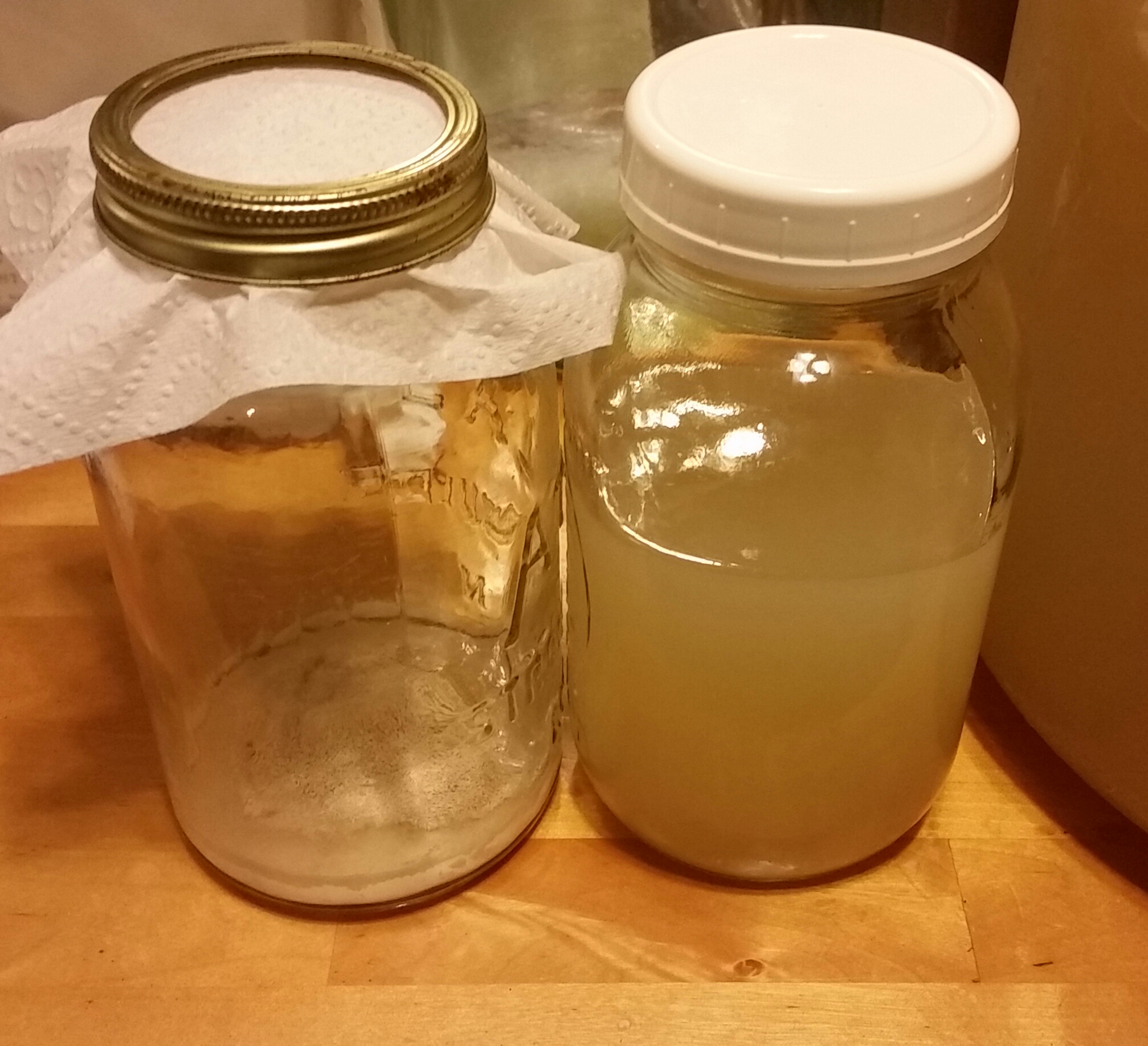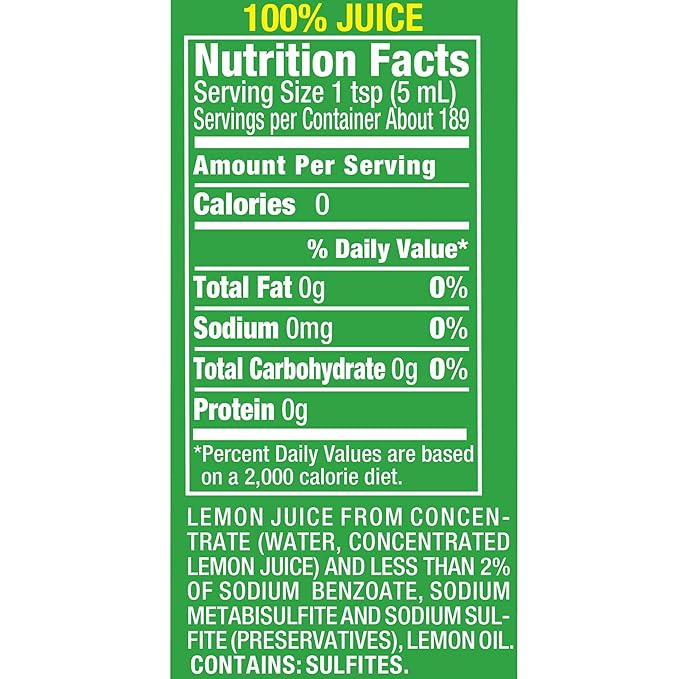Stonks
Member
- Joined
- Apr 23, 2021
- Messages
- 9
- Reaction score
- 7
I will follow the recipe on this website exactly, with the exception of the Yeast Slurry. I would like to use Lalvin EC-1118 yeast packets instead.
I was looking at alternative solutions and searched elsewhere on the message boards, but couldn't really find a definitive answer.
I'm not interested in using any additional juice or anything beyond sugar water to make a starter, if you suggest going down the road of making a starter.
Is there a way to do this with the recipe and just yeast packets? or will the acid levels be too high for the yeast?
Please let me know you thoughts.
Best,
Stonks.
I was looking at alternative solutions and searched elsewhere on the message boards, but couldn't really find a definitive answer.
I'm not interested in using any additional juice or anything beyond sugar water to make a starter, if you suggest going down the road of making a starter.
Is there a way to do this with the recipe and just yeast packets? or will the acid levels be too high for the yeast?
Please let me know you thoughts.
Best,
Stonks.





































![Craft A Brew - Safale S-04 Dry Yeast - Fermentis - English Ale Dry Yeast - For English and American Ales and Hard Apple Ciders - Ingredients for Home Brewing - Beer Making Supplies - [1 Pack]](https://m.media-amazon.com/images/I/41fVGNh6JfL._SL500_.jpg)






















